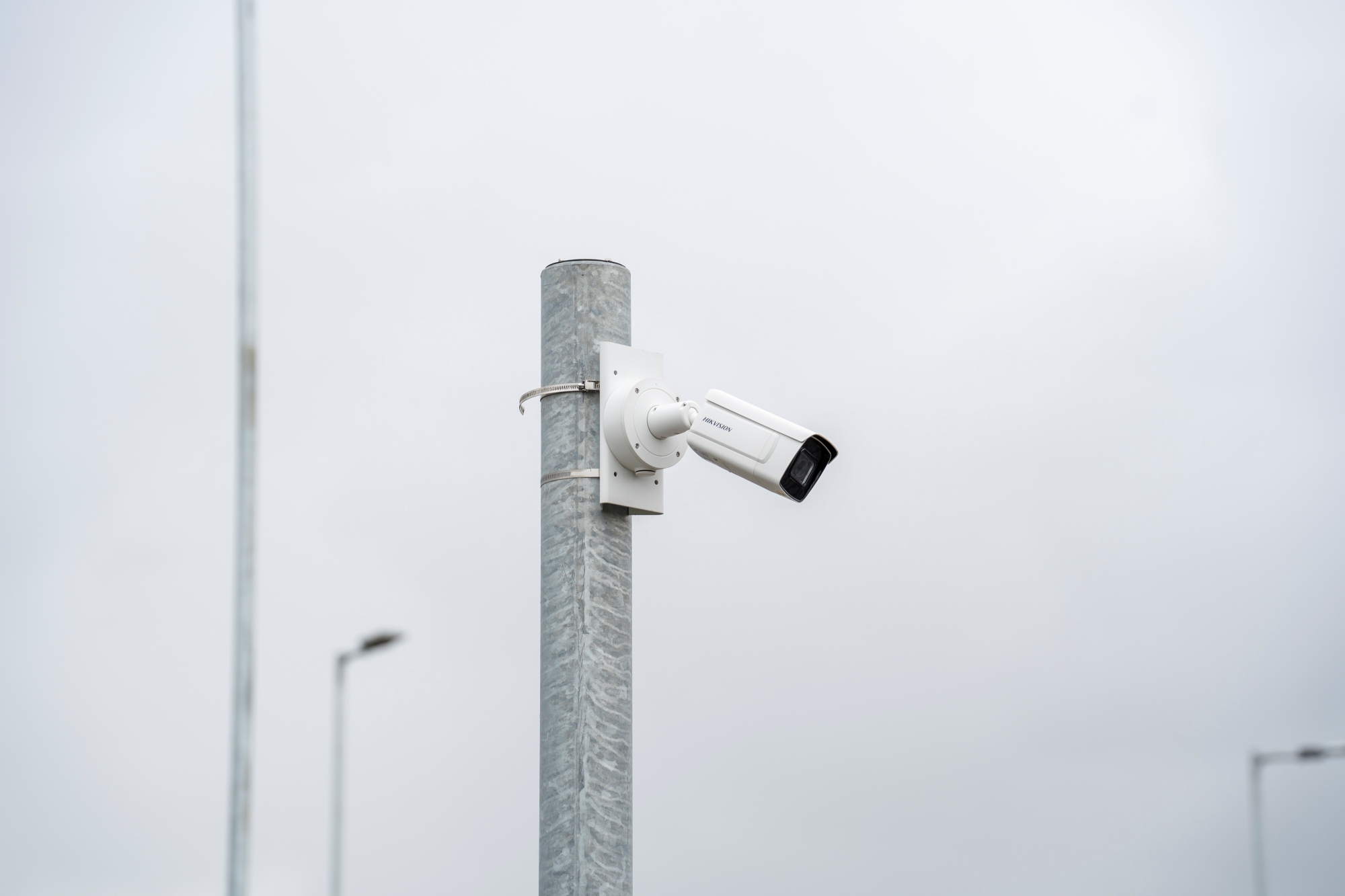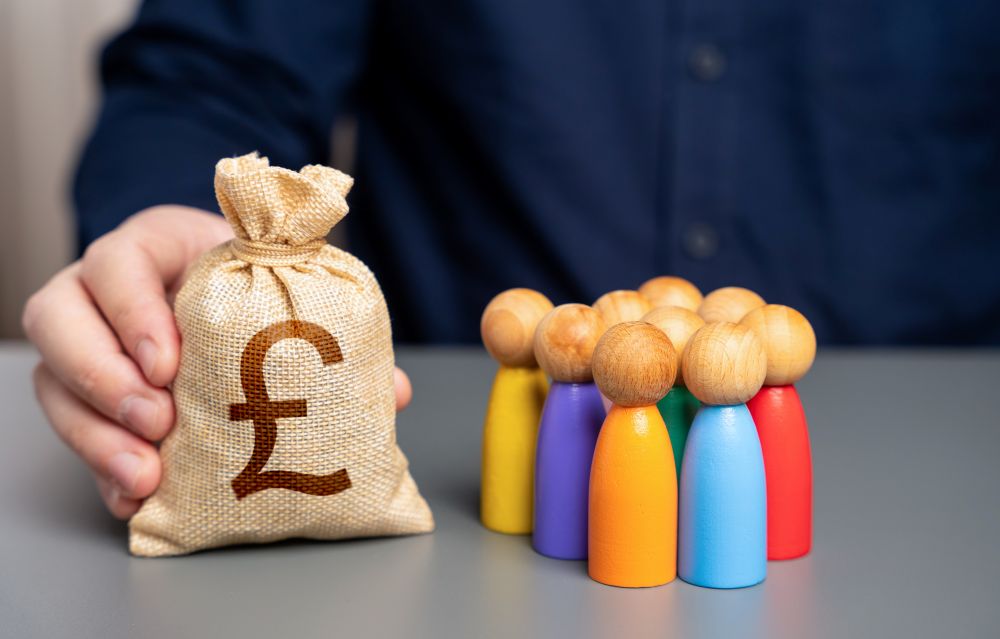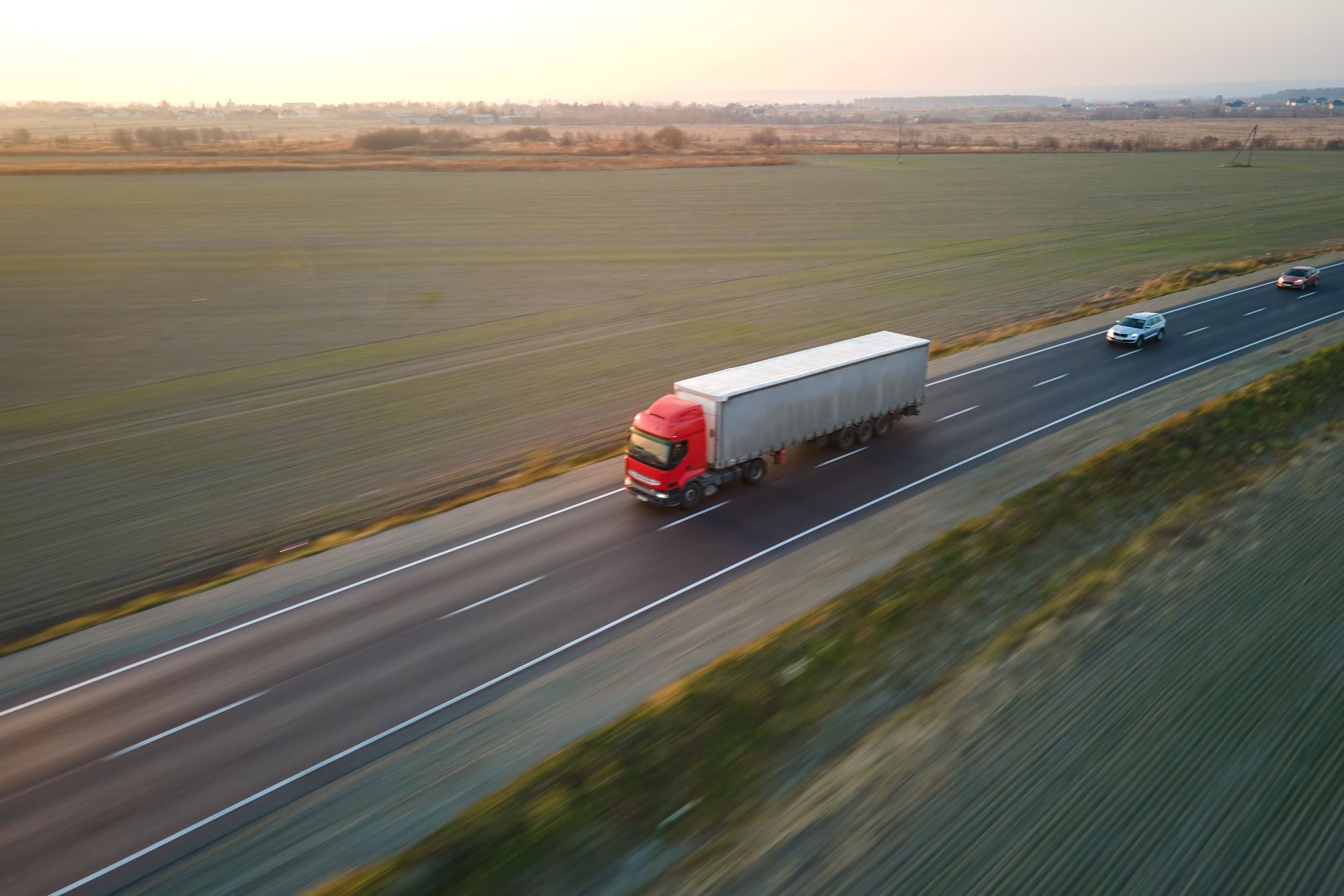
Miranda Blake
Vozniki, ki niso zadovoljni s postajališči za tovornjake: V čem je težava?
Ustvarjeno: 11. 11. 2024
•
Posodobljeno: 30. 12. 2025
V nedavni raziskavi neodvisnega nadzornega organa Transport Focus je bilo ugotovljeno, da skoraj polovica voznikov tovornjakov ni zadovoljna s številom in kakovostjo postajališč za tovornjake v Angliji. Menijo, da se je slednja v zadnjem letu tudi poslabšala.
Pri SNAP imamo mrežo parkirišč za tovornjake, ki ponuja vrhunske storitve (pravzaprav bomo kmalu začeli podeljevati lastne nagrade za najboljša postajališča za tovornjake!). Če je torej na voljo veliko odličnih postajališč, se postavlja vprašanje: zakaj so vozniki tako nezadovoljni?
Poglobljen potop v težavo
Najprej si oglejmo, s čim niso zadovoljni. Vozniki pravijo, da se na vsakem postajališču ne počutijo dobrodošli in varni. Poleg tega se ne morejo ustrezno spočiti ali uživati v dobrem obroku. Nekatere povratne informacije so vključevale, da ni vedno na voljo zdrava hrana ali čistih tušev in stranišč. Voznica je tudi pripomnila, da v ženskih kopalnicah ni tuša - kar pomeni, da ji ne preostane drugega, kot da se gre umivat v moške kopalnice.
Vendar pa je treba poudariti, da so statistični podatki zbrani pri tistih, ki so se odločili za odmor na teh počivališčih, zato je verjetno, da je bila določena stopnja zadovoljstva dosežena. Poleg tega so bili vozniki v raziskavi vprašani o svojih izkušnjah le na tretjini vseh postajališč za tovornjake, na avtocestah in cestah A v Angliji. Poleg tega je bilo veliko parkirišč za tovornjake, ki so dosegla vsaj 95-odstotno zadovoljstvo, splošno zadovoljstvo pa je bilo 86-odstotno.
Morda torej težava ni tako velika, kot se zdi. Vendar pa ga industrija zagotovo ne more zanemariti - še posebej glede na naše ugotovitve.
Kaj je odkrila raziskava SNAP
Ugotovili smo, da 70 % voznikov raje izbere počivališča kot bencinske servise ali postajališča za tovornjake, pri čemer je glavni razlog nezadostna varnost. Že prej so na primer doživeli, da so jim prerezali zavese. Vendar je treba omeniti, da je policija v Cambridgeshiru leta 2023 poročala, da se je 46 % tatvin tovora zgodilo na ulicah ali počivališčih v primerjavi s 27 % na bencinskih servisih - kar kaže, da so vozniki morda zaskrbljeni na napačnem mestu.
Več kot polovica voznikov tovornjakov je na naših straneh v družabnih medijih razkrila, da po njihovem mnenju počivališča v Združenem kraljestvu v primerjavi z evropskimi niso varna in zanesljiva. Na mestih, ki imajo višjo raven zaščite, pa jih je 70 % videlo, da so do zgodnjega večera polna.
Čeprav to pomeni, da jih je premalo, da bi zadostili povpraševanju, imajo številna naša spletna mesta odlično varnost. Tista, ki je nimajo, bi morala razmisliti, kako jo izboljšati.

Zagotavljanje najvišje ravni varnosti na parkiriščih za tovornjake
Nudimo različne storitve za izboljšanje celotne izkušnje, vključno z našimi vrhunskimi varnostnimi paketi prek podjetja SNAP Access & Security. Od kamer ANPR in ovir do CCTV zagotavljamo najboljšo zaščito postajališč za tovornjake in s tem voznikov ter vsega tovora flot.
Več o SNAP Access & Security ali o naših drugih storitvah (kot sta parkiranje in pranje) tukaj.



